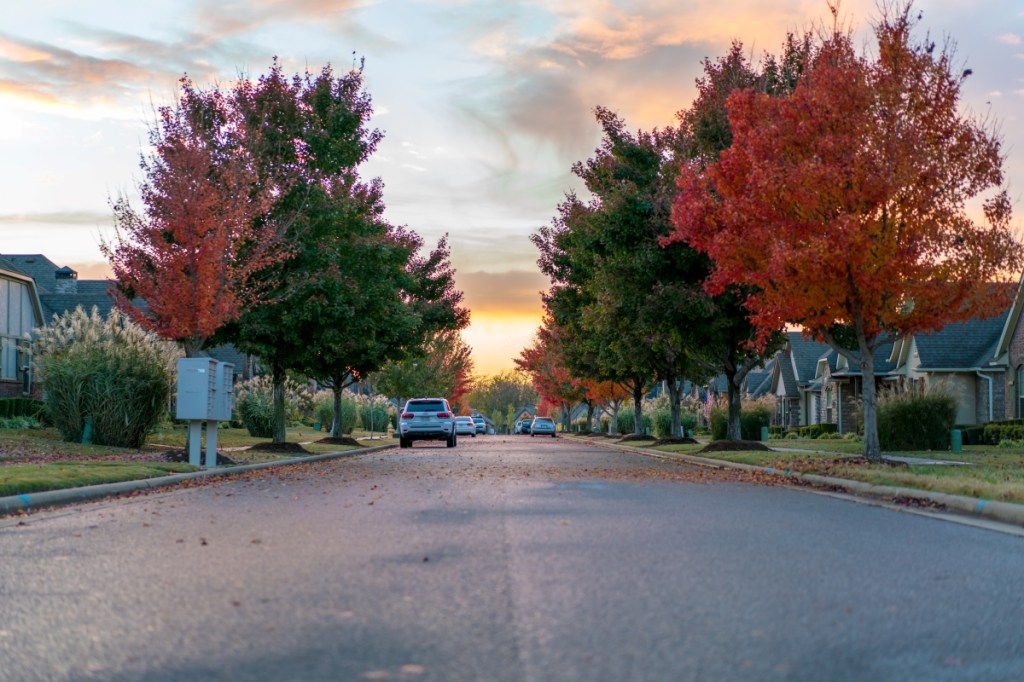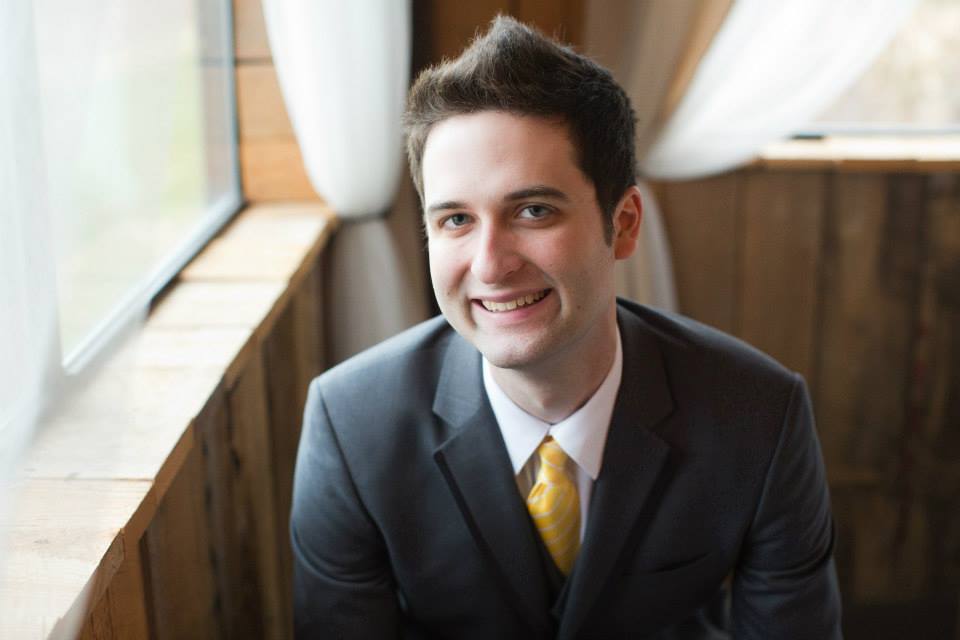Despite an unrelenting COVID-19 virus and economic recession, U.S. homeownership rose in the fourth quarter of 2020 from the same period last year. And it’s reached a record high for white homeowners, but fallen for Black Americans.
The overall homeownership rate in the fourth quarter of 2020 rose 0.7% above that of the fourth quarter of 2019, according to a new report from the U.S. Census Bureau. The share of Americans who own their own home was 65.8% in the fourth quarter of 2020, rising from 65.1% in the same period a year earlier, the Department said in a report on Tuesday.
That percentage is a drop, however, from the third quarter of 2020, which reported a robust 67.4% homeownership.
The homeownership rate for white Americans in the fourth quarter of last year was 74.5% – a nine-year high, and surpassing the fourth quarter of 2019’s rate of 73.7%. Homeownership rates for Black Americans dipped to 44.1%, the lowest rate since the first quarter of 2020.
Hispanic-American homeownership rose to its highest fourth quarter rate in three years, at 49.1%. Asian, Native, Hawaiian, and Pacific Islander homeownership was reported at 59.5% – up from the rate of 57.6% in the fourth quarter of 2019.
Making housing more affordable by bridging the affordable supply gap
In the last few years, the number of existing single-family homes for sale has decreased. But home prices have increased. To make homeownership a possibility for everyone, there needs to be a higher supply of affordable homes.
Presented by: Fannie Mae
Homeownership in Q4 2020 was highest in the Midwest – about 70.8%, according to the report. The South (67.7%), Northeast (62.6%), and West (60.4%) all reported homeownership rates above 60%, as well. All regions had higher fourth-quarter homeowner rates than in 2019.
The median asking sales price for vacant, for-sale units was $214,600 in the fourth quarter of 2020.
The average U.S. rate for a 30-year fixed mortgage fell to under 2.8% in the fourth quarter, which pushed up home purchases (though a lack of inventory and rising prices have hindered even higher rates of home ownership).
Approximately 89.1% of all housing units were occupied in the fourth quarter of 2020, and 10.9% were vacant. Owner-occupied housing units made up 58.6% of total housing units.
Owners over the age of 65 made up the majority of homeowners in the fourth quarter of 2020 at 80.2%. The under-35 crowd accounted for only 38.5% of homeowners.
It’s conceivable that the total number homeowners increases in the next few years, as well. President Joe Biden is hoping to pass a bill green-lighting a $15,000 tax credit for first-time homebuyers. If the bill is passed, those first-time potential buyers could use the $15,000 essentially as a down payment on the home.
This looms as a solution to prospective buyers looking to take advantage of historically-low mortgage rates brought on by the pandemic and recession.






